
OR
Bajura is Nepal’s poorest district while Mustang is the richest!
Published On: April 27, 2024 10:00 AM NPT By: Bhuwan Sharma
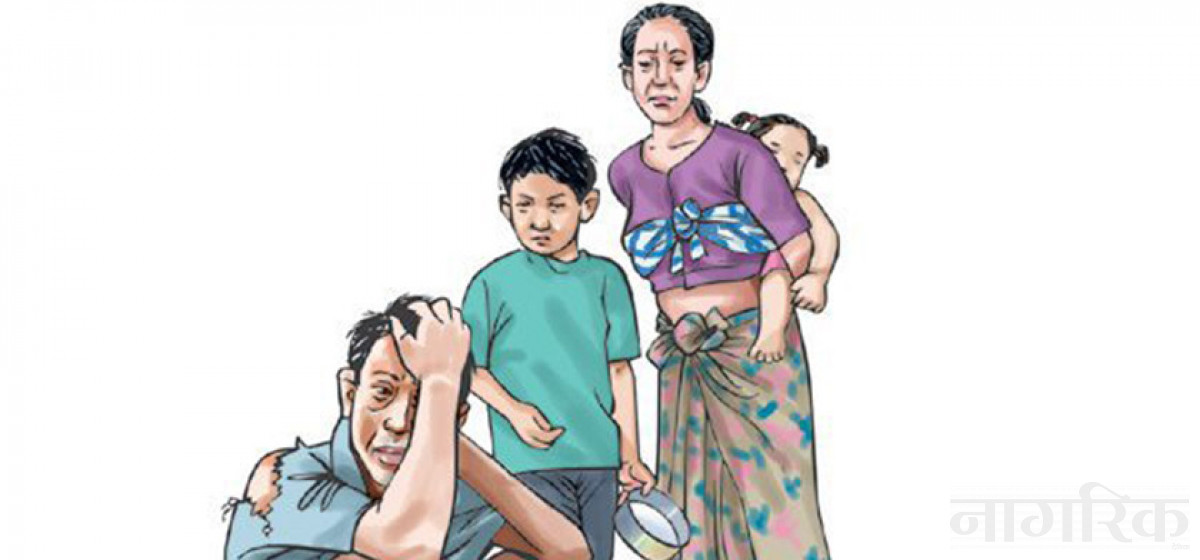
KATHMANDU, April 27: The recent data from the Ministry of Land Management, Cooperatives and Poverty Alleviation (MoLMCPA) indicate that the poorest families in Nepal are in Bajura, while the richest reside in Mustang. This analysis is part of the poor identification program, which has been completed in 77 districts, with data analyzed in 64 of them.
The identity cards for poor families have been distributed in 49 districts, while data analysis continues in 13 others.
Among the 64 districts where the data was analyzed, the most poor families were found to be the residents of Bajura. According to the MoLMCPA, out of the total number of 21,711 families in Bajura, 63.63 percent of the families are poor.
It means that 13,815 families are poor in Bajura. Of these, 6,494 families are extremely poor, 4,262 are mid-level poor, and 3,059 are generally poor. Kalikot ranks as the second poorest district, with 57.68 percent of its 12,684 families identified as poor. Of these, 5,985 families are extremely poor, 3,951 are moderately poor and 2,748 are marginally poor.
Bajhang follows closely with 56.19 percent of its 16,458 families identified as poor. The MoLMCPA found that 7,944 families in Bajhang are extremely poor, 5,013 are moderately poor, and 3,501 are marginally poor.
In contrast, Mustang has the lowest proportion of poor families, with only 5.03 percent of its 2,266 families identified as poor. Out of this, only 31 families are extremely poor, 34 are moderately poor and 49 are marginally poor.
Manang is the second least poor district, with just 5.5% of its 1,152 families identified as poor. The rest of the families in these districts are considered wealthy.
Out of the total number of families in Manang, only six families are found to be extremely poor. Similarly, 14 families are moderately poor and 39 families are marginally poor.
“The remaining districts to be analyzed are urban areas including Kathmandu Valley. Therefore, if we look at the list of 77 districts where the data has been received and analyzed, it is certain that Bajura and Kalikot are likely to remain the poorest districts, even as data analysis continues,” Jhabindra Pandey, head of the poor identification and standards section of the MoLMCPA, said, adding, “So far, the total number of poor families identified across 64 districts is 1,051,513 families, among which 584,696 families are extreme poor families, 283,950 moderately poor families and 202,867 marginally poor families.”
The MoLMCPA has been issuing identity cards to categorize families based on their level of poverty. Extremely poor families receive a red card, moderately poor families a yellow card and marginally poor families a blue card. The poor identification program has incurred millions of rupees since its inception 11 years ago. The MoLMCPA reported that between 2075 BS to 2078 BS, nearly Rs 2 billion was spent on the program. The program originally began in 2070 BS.
The MoLMCPA continues to work identifying and assisting poor families across Nepal, with further analysis and distribution of identity cards ongoing.
You May Like This
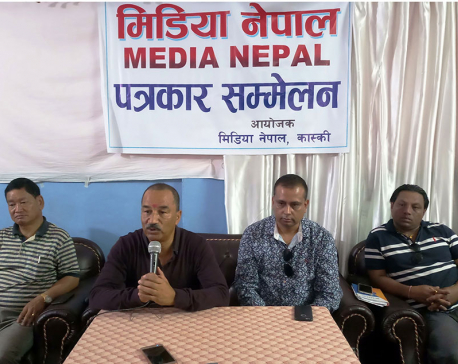
RPP launching national campaign
POKHARA, June 6: Chairman of Rastriya Prajatantra Party (RPP), Kamal Thapa, has informed that his party was launching a national... Read More...

Mustang mishap: 20 bodies sent to Pokhara
PARBAT, July 7: The bodies of the 20 people who died in a road accident in Mustang on Friday have... Read More...

1 UML, 1 NC and 1 Independent register victory in Mustang (update)
KATHMANDU, May 15: Nepali Congress has won the post of chairman in the Lomanthang rural municipality as Subarna Bista has... Read More...

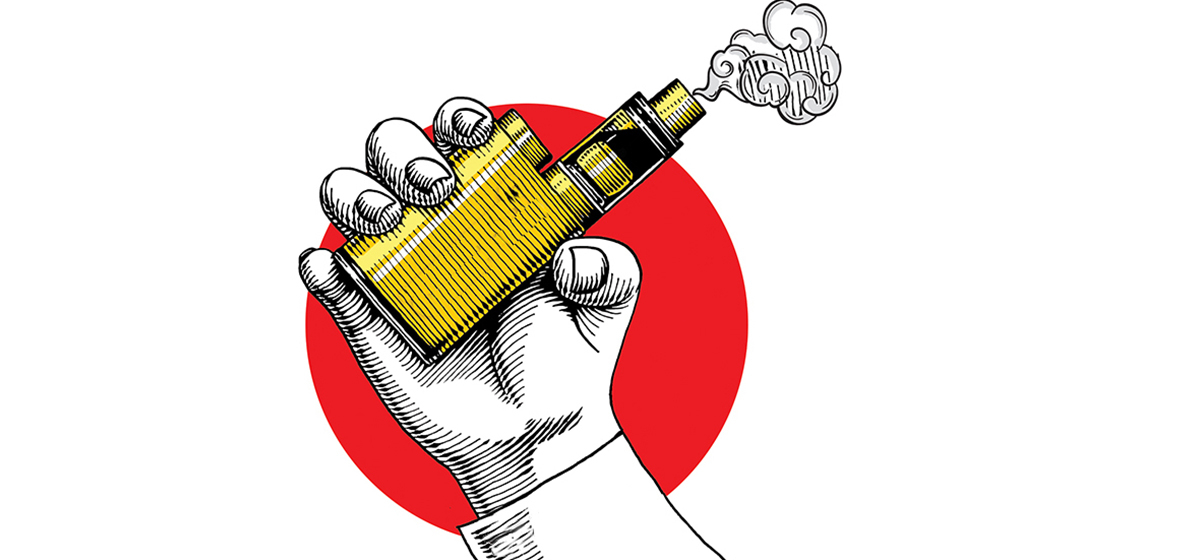
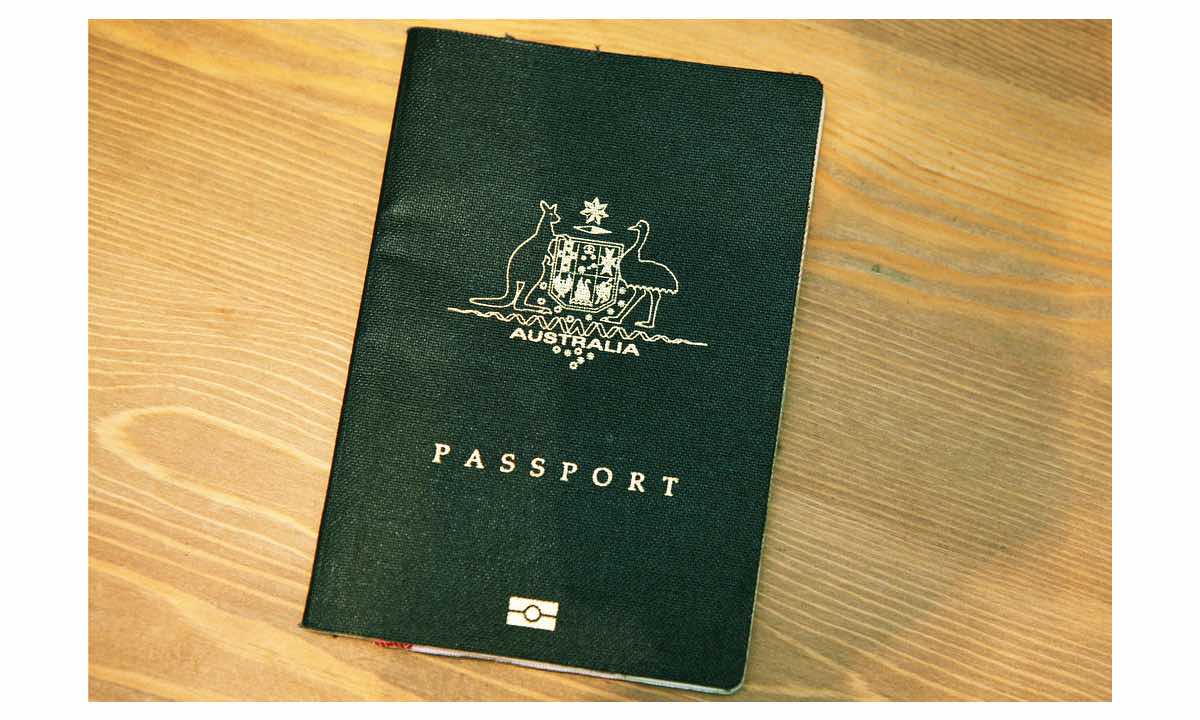

_20240508123602.jpg)

Just In
- JSP Chairman Yadav holds press conference, accuses unlawful party split while abroad
- Renowned singer Menuka Paudel undergoes eye surgery
- Sunkoshi-Marin Diversion achieves breakthrough
- Youth dies after jumping of one-story rehabilitation center building
- UML lawmaker Nembang takes oath of office and secrecy
- Devotees flock to Matatirtha from early morning today (In Photos)
- FWEAN and Godawari Municipality organize sanitary napkin production training for women
- Gold price remains stable



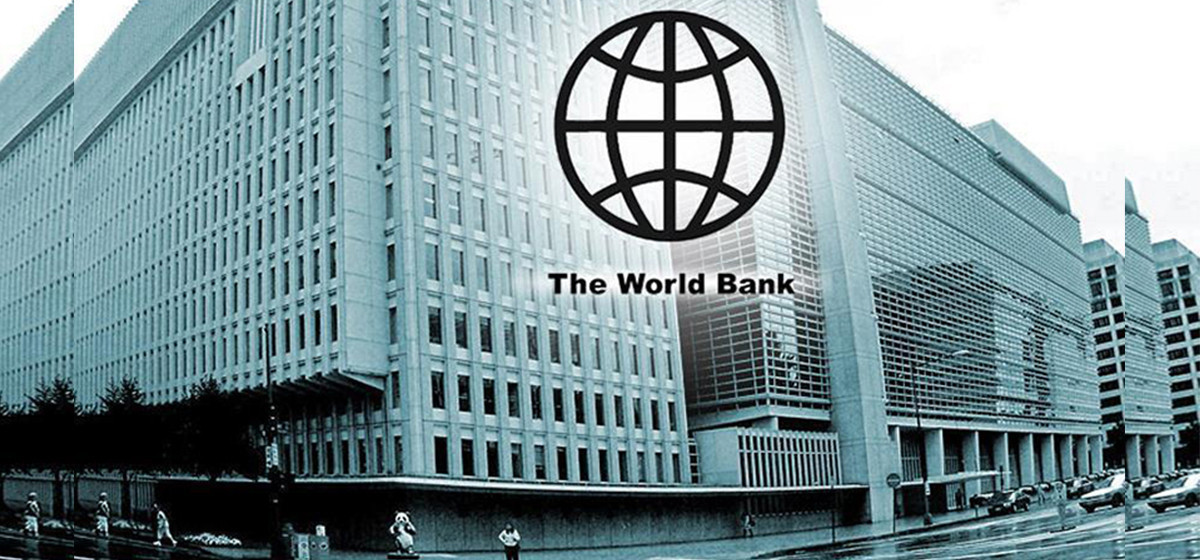

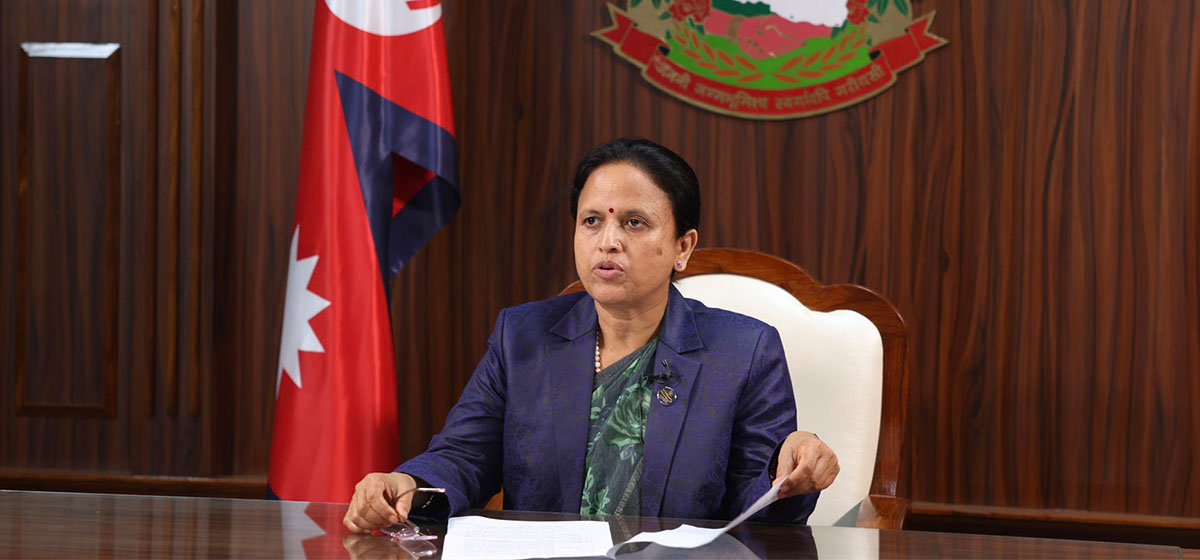
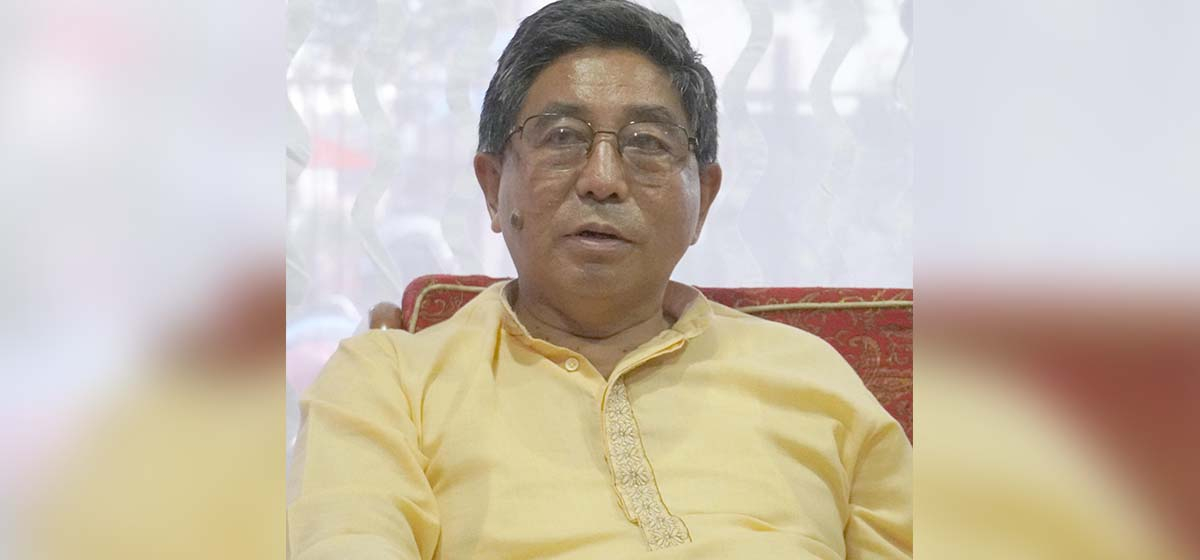
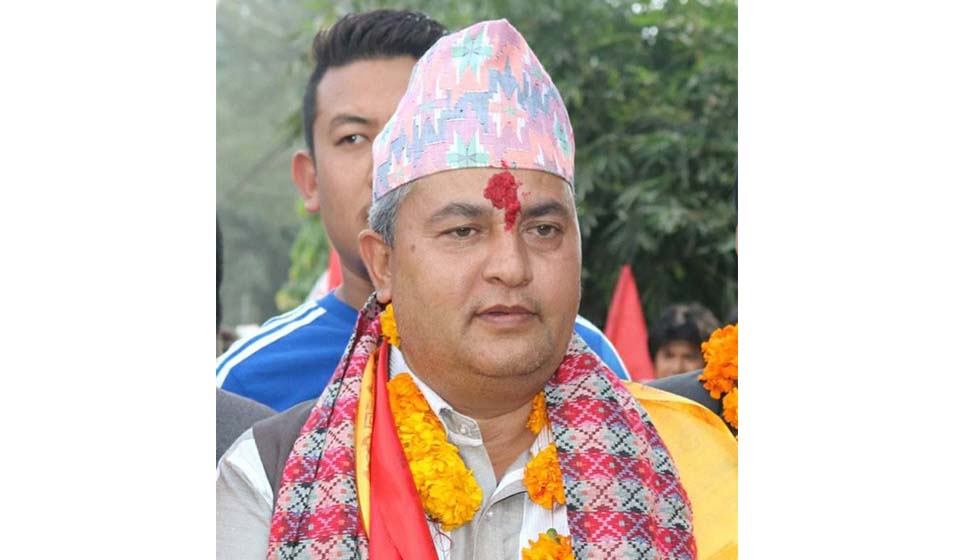
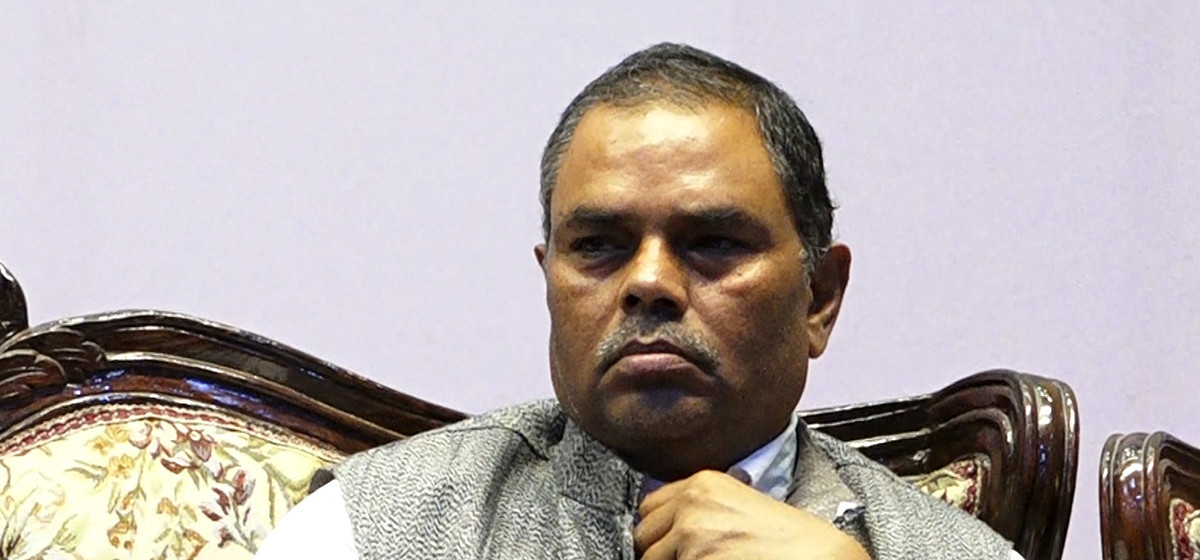
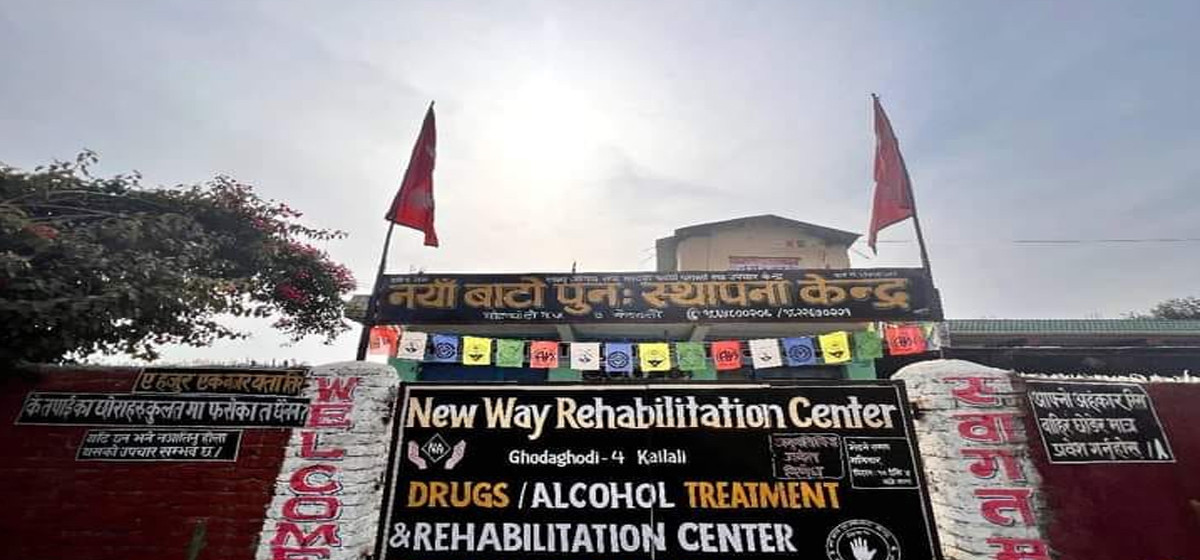
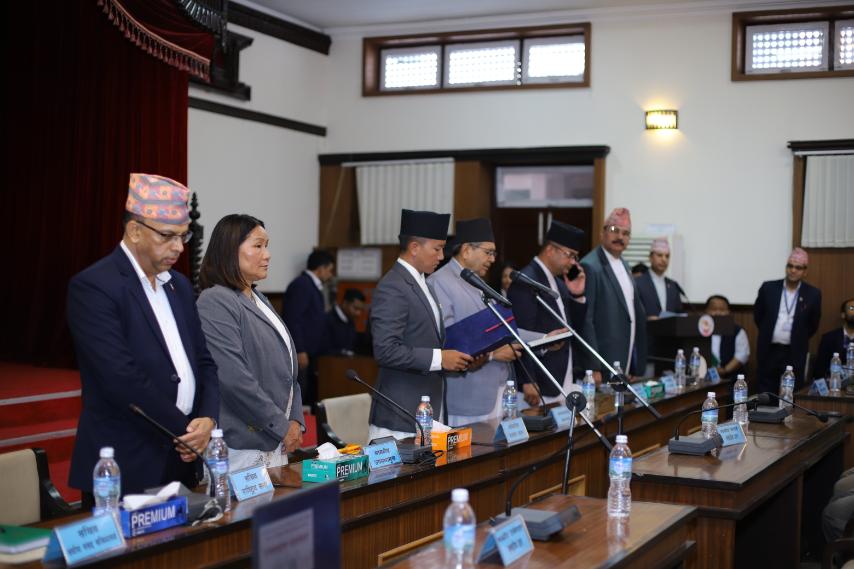
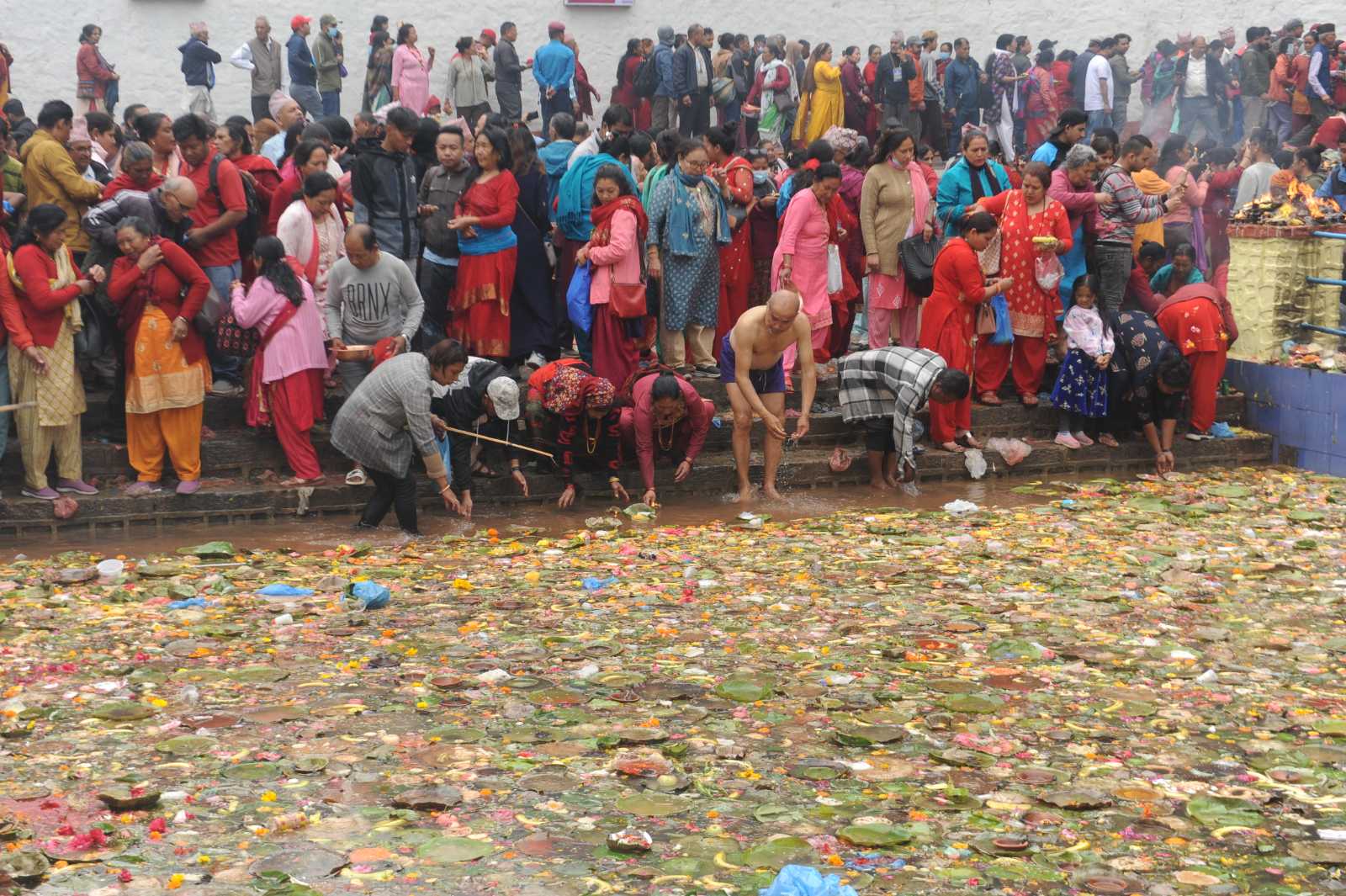
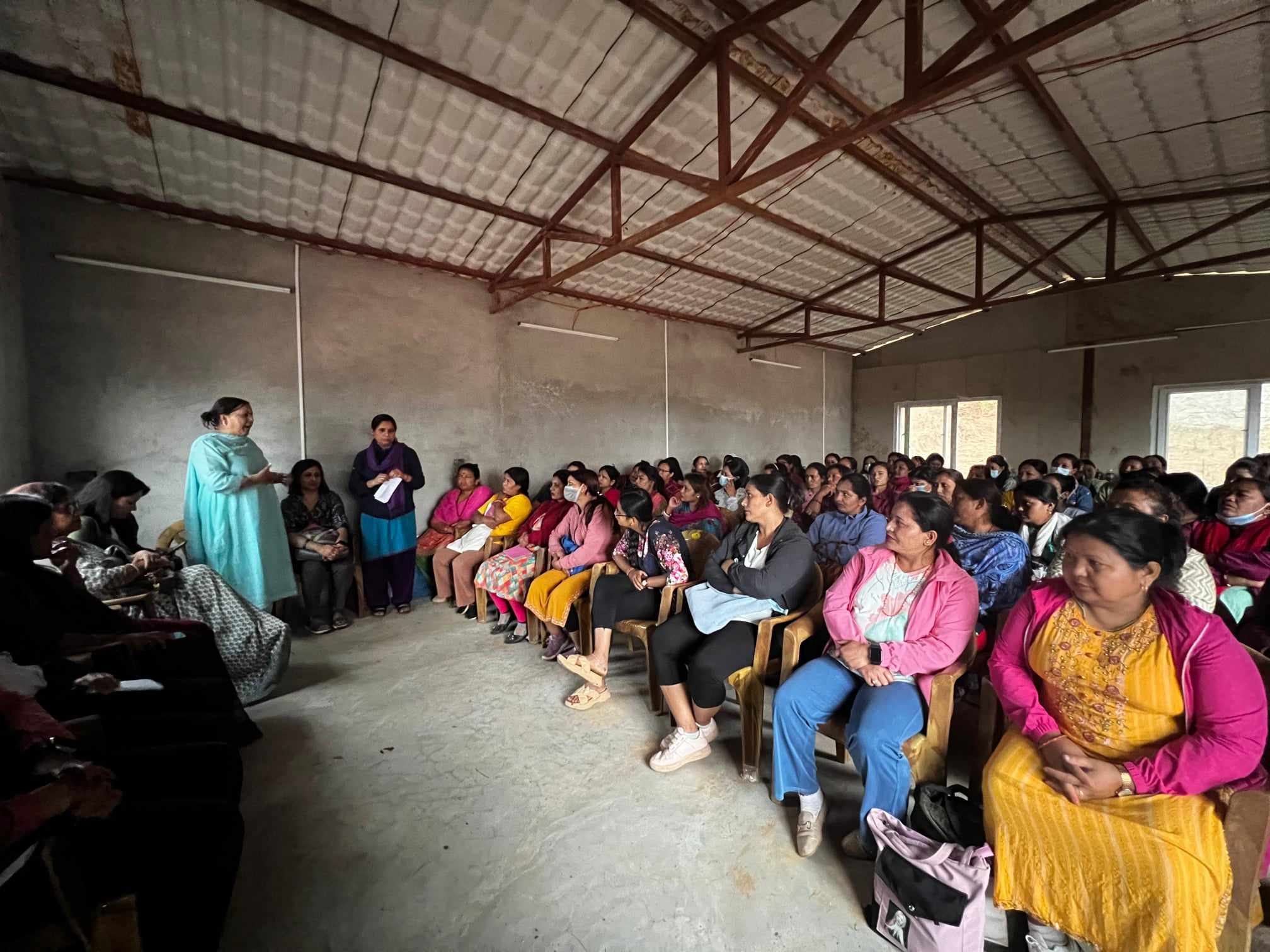
Leave A Comment